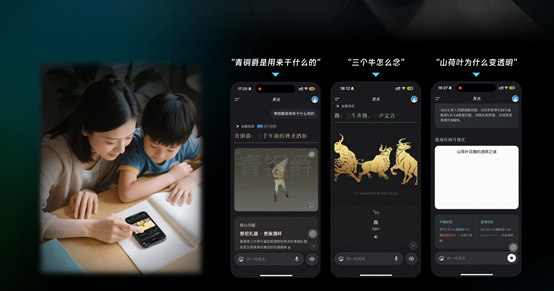At the 2025 Consumer Electronics Show (CES), Uber announced a partnership with Nvidia to further advance autonomous driving technology using its newly launched generative world model simulation tool, Cosmos, and the cloud-based AI supercomputing platform, DGX Cloud. This initiative aims to enhance Uber's competitiveness and technical capabilities in the autonomous driving sector.
Cosmos is a tool specifically designed for robotics and autonomous driving companies that can generate physics-based high-definition video from various inputs, simulating real industrial and driving environments. It is supported by vast amounts of data, including 90 trillion data tokens generated from 20 million hours of video. The application of this technology can help Uber test and optimize its autonomous driving algorithms in various complex environments.

In the field of autonomous driving technology, Uber does not develop independently but chooses to establish partnerships with several autonomous driving companies. Over the past year, Uber has signed 14 cooperation agreements with companies including Waymo and Aurora Innovation, covering various areas such as robotic taxis, truck transportation, and sidewalk delivery. This "light asset" model allows Uber to respond flexibly to market demands while leveraging the technological strengths of its partners to accelerate the implementation of autonomous driving.
Looking back at Uber's development in the autonomous driving field, the company launched its self-driving car project in 2015 through a collaboration with Carnegie Mellon University. Although it acquired the self-driving truck startup Otto, Uber's autonomous driving business did not progress as smoothly as hoped for various reasons. In 2018, Uber's autonomous test vehicle was involved in a fatal accident in Arizona, which put significant pressure on the company regarding its autonomous driving development. Ultimately, in 2020, Uber sold its autonomous driving division to Aurora Innovation.
Today, Uber seems more determined to solidify its role in connecting passengers and drivers (whether human or robotic). Uber CEO Dara Khosrowshahi mentioned in the company's third-quarter earnings report that they launched services with Waymo this year in only Austin and Atlanta, highlighting the investment and preparation required to deploy autonomous driving services in new cities.
Despite facing numerous challenges in advancing autonomous driving, Uber believes that through its partnership with Nvidia, it can achieve safe and scalable autonomous driving solutions more quickly. "By collaborating with Nvidia, we are confident that we can accelerate the timeline for safe and scalable autonomous driving solutions in the industry," Khosrowshahi stated in a press release.










